Average sizes and life expectancy for this breed:
The Belgian Shepherd Tervueren is considered to be the most elegant of the four Belgian Shepherd varieties, which also include the Malinois, the Laekenois, and the Groenendael. They are known to be athletic, intelligent, and versatile working dogs with plenty of stamina. This breed’s origin may have been as a pastoral dog, but today, they are also utilised for rescue work, police work, show ring competitions, obedience and agility courses, and as devoted canine companions. As a result, they are best suited to active families that have plenty of time to devote to their unique and intense needs.
These are medium-sized dogs that boast a long, rich fawn to russet mahogany coat covered in a blanket of black that gives them their striking appearance. Belgian Shepherd Tervueren dogs have the same muscular body and limitless energy that is associated with all Belgian Shepherd breeds.
Known to be smart and sensitive, these dogs thrive with plenty of physical and mental stimulation. If not given enough, especially in a home setting, they may invent their own games to alleviate boredom, potentially leading to the development of unruly or unwanted behaviours. Keep in mind that the Belgian Shepherd Tervueren does not like being left alone for long periods. So, they match best with families where someone is home for most of the day.
These handsome dogs combine the loyalty, love, and character of a companion dog, with the beauty and grace of a show dog and the intelligence and energy of a working dog. These canines are true all-rounders as long as they are appropriately trained and socialised by an experienced owner.
See available puppies




Like the other three varieties of the Belgian Shepherd, Tervueren dogs were developed and bred in the late 1800s. Breeders back then decided to give each variety their own name from the region they were bred in. The Belgian Shepherd Tervueren’s name came from the Belgian village of Tervueren where M.F. Corbeel lived. He bred Poes and Tom, two fawn-coloured dogs who are recognised as the foundation of the Tervueren breed.
In 1891, the Club due Chien de Berger Belge (Belgian Shepherd Dog Club) was established and gave the four Belgian Shepherd varieties their own breed standards. It was established by Professor Adolphe Reul, who was a Belgian vet. As years passed, the Belgian Shepherd Tervueren became well known, particularly across their native Belgium. They were even used during both World Wars to carry important messages and to pull ambulances and machine-gun carts.
They were first recognised by the American Kennel Club in 1959. However, it is worth noting that The UK Kennel Club, classes the four Belgian Shepherd varieties as a single breed, whereas other registration organisations, like the American Kennel Club, class them as separate dog breeds.

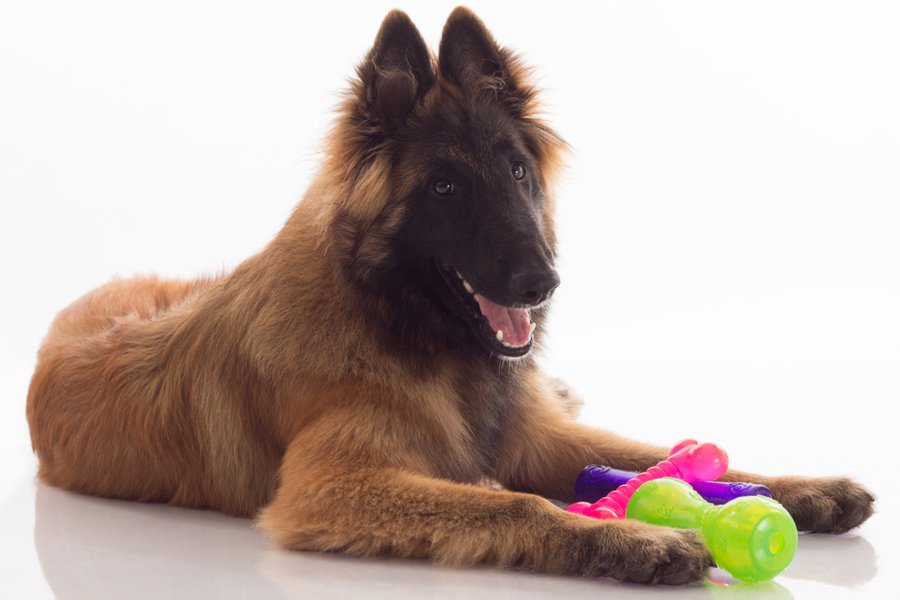
Belgian Shepherd Tervuerens are handsome-looking dogs. Their slightly elongated heads are nicely chiselled, with fairly flat foreheads, a moderate stop, and a well-centred line. Their muzzles are long and taper gradually to their black noses. Their almond-shaped eyes are medium-sized and dark brown with black rims.
These dogs have triangular-shaped ears that are held erect. The mouth is firm with well-pigmented lips. These dogs have strong jaws with a perfect scissor bite. They display an air of power with muscular withers that are well defined. They have long, strong forequarters with slightly slanted shoulder blades. All Belgian Shepherd breeds also have strong dewclaws, which are permitted as a breed standard.
The body of the Tervueren is powerful yet elegant. They have deep, let-down chests and well-sprung ribcages. Their upper body is broad, straight, and nicely muscled. Their hind legs are robust and well-muscled. These dogs have large, thick feet that boast springy soles and dark-coloured nails. The front feet are round, whereas the back feet are somewhat oval-shaped. The tail is quite long and well-feathered but not bushy. It is set firmly at the base, and the tip is slightly raised when relaxed and higher when excited or alert.
This dog is a double-coated breed. Their topcoat is heavy with long and straight hair. Moreover, it is somewhat harsh to touch, never silky or wiry. The dense undercoat is soft and provides effective protection from the weather. The hair on their heads, outside of their ears, and on the front part of their legs is short. There are also tufts of hair that protect the opening of their ears. The hair on the rest of the body is longer, which includes a mini-mane around the neck called a collarette. There is a fringe of long hair down the back of their front legs and the back of their thighs, as well as on the tail. The colour of the coat ranges from fawn to russet mahogany with a black overlay.
Like the rest of the four varieties of Belgian Shepherds, Tervuerens are remarkable working dogs with highly motivated personalities. They are energetic, intelligent, and active. All varieties need to be kept busy as they thrive on being active. Physical and mental stimulation is a must, especially if they are kept as family pets. They also dislike being left alone for long periods. Therefore, Belgian Shepherd Tervuerens are best suited to energetic, outdoorsy families that are experienced in dog ownership and understand the unique training and socialisation needs of the Belgian Shepherd Tervueren. These dogs require continuous training to prevent them from displaying their dominant, territorial sides. They can also get bored very quickly so they need regular stimulation in the form of long walks, activities, puzzles, and interactive games. These dogs do particularly well in a variety of dog sports including flyball, agility, and obedience training.
The Belgian Shepherd Tervueren is confident and protective. However, they can be wary of strangers. Therefore, they require early socialisation to ensure they grow up to be well-balanced, accepting dogs. Saying that, bear in mind that these dogs are naturally protective so it's best to keep them on a lead until fully trained. However, for this same reason, they make excellent watchdogs.
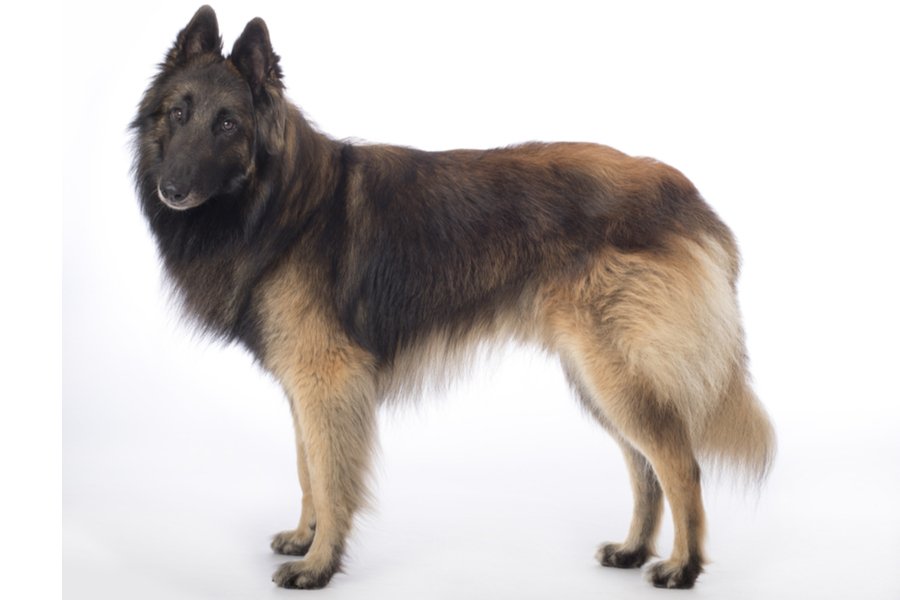

Because of their intelligence and sensitivity, the Belgian Shepherd Tervueren must be handled and trained by someone who knows and understands the breed. If not guided and trained correctly, they may quickly learn new things that might not be positive! Moreover, they should be socialised and trained early on so they mature into confident, well-behaved, well-balanced, and obedient dogs. Enrolling them in puppy socialisation classes can help to begin their training in a safe environment.
Positive reinforcement is the best way to train a Belgian Shepherd Tervueren. Just remember to remain consistent because these dogs are known to be able to outsmart more novice owners! These dogs do not respond well to harsh methods of training.
The Belgian Shepherd Tervueren has a profuse double coat that consists of a long, harsh topcoat and a dense, woolly undercoat. Because of this, they do have a tendency to shed, especially in the Spring and Autumn seasons. In general terms, these dogs require a thorough brush twice a week with a long-bristled brush that is capable of reaching right down into the undercoat. Regular brushing is essential for this breed because dirt and debris can easily get caught in the long hairs, leading to mats and tangles. Bear in mind that each grooming session should last for around 15 minutes. However, it’s best to train your puppy to accept the routine with shorter sessions in the beginning, and remember to offer tasty rewards or fuss. As your dog gets used to it, you can slowly lengthen the amount of time you brush them for.
These active dogs shouldn’t be bathed very often unless they become very dirty or muddy. However, warm baths during the shedding season may help to eliminate dead hair.
To successfully avert tooth and gum disease and bad breath, brush your dog's teeth daily. However, twice a week brushing is good enough to avert any bacteria and tartar from building up. Regular teeth brushing is important, so it's best to speak to your vet who will be able to give you advice on the best products that will effectively keep your dog's teeth, tongue, mouth, and gums in good health.
Their ears must be examined weekly and cleaned using a soft cloth or cotton ball with a canine-specific ear cleaner. Never use human cleaning products on dogs because these can often contain chemicals or ingredients that may be toxic to canines. Also, look out for symptoms that may indicate an ear infection such as redness, swelling, or behavioural changes such as constant head shaking.
Nails must be trimmed once or twice a month or as needed to keep them in good physical shape and tiptop condition. Make sure that you do this often to prevent very long nails, as this can be very painful for your Belgian Shepherd Tervueren. As you do this, check their paw pads are dirt and injury-free.
Moreover, examine their body as you clean them to check for any rashes, wounds, and other signs that they may have an infection or underlying health condition. Their eyes must be clean and clear without inflammation or discharge.

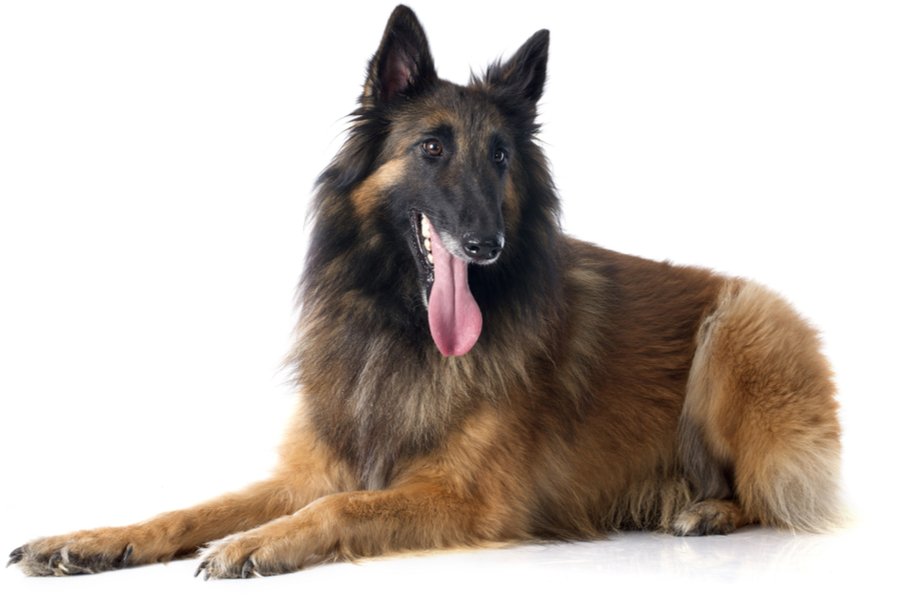
Belgian Shepherd Tervuerens have an average life expectancy of 12-14 years. However, like all dog breeds, they are prone to developing certain health issues. Remember to always purchase any new puppy from a reputable breeder to ensure they have been well cared for and DNA checked for any underlying health issues.
These handsome and strong dogs are known to be a healthy breed, but the Belgian Shepherd Tervueren can have some of these conditions:
A well-trained and socialised Belgian Shepherd Tervueren is known to get along well with children, especially if they have been raised together. However, as herding dogs, they need to be consistently trained to prevent them from showing dominant behaviours, especially around younger children. Remember to supervise all interactions between a dog and a child to prevent any incidents which may lead to injury. Nipping at the heels is a relatively common behavioural issue in this dog breed but it can successfully be controlled with training.
The Belgian Shepherd Tervueren generally gets along with other dogs and cats as long as they have grown up with them from puppyhood. However, these dogs do have a chase instinct, so they are not best suited to homes with smaller pets. These dogs are naturally protective so they can be wary and even aggressive with unfamiliar dogs. So, ensure your dog is kept on a lead until fully trained and enroll them in puppy socialisation classes to control this trait. Also, remember to reward them for good behaviour, and in turn, you will be rewarded with a devoted, loving companion for years to come.


We can connect you with Breeders that are specialized in this particular breed.
See available puppies

Need some advice?
Whether you're a first time pet owner, an experienced pet owner, a new or long-time breeder, or just curious about pets, we've got you covered!
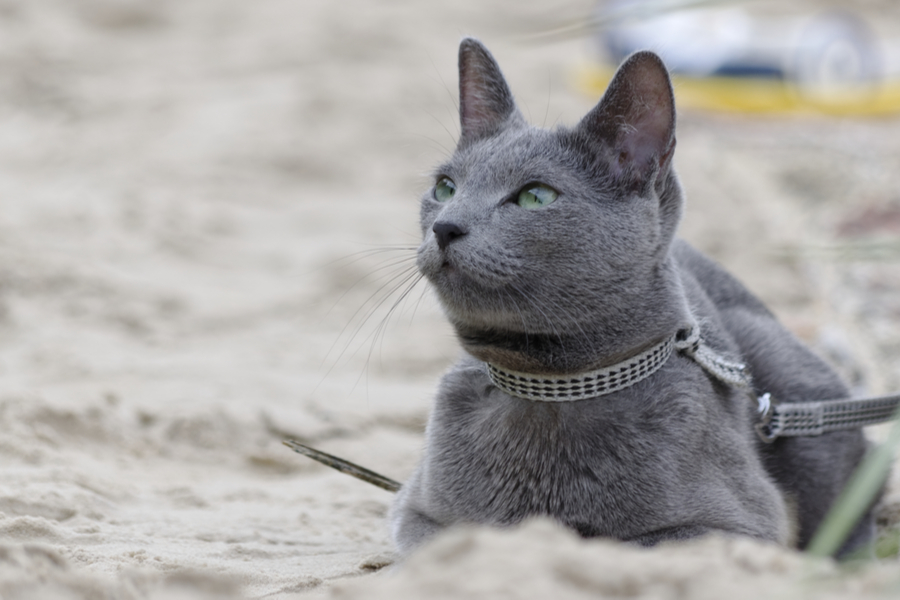
January 17, 2024
What Is The Personality Of Russian Blue Cats?
Russian Blue cats are most known for their distinctive shimmery blue-silver coat and piercing green eyes. However, this breed’s calm and gentle temperament is what makes them shine the most in the feline world.
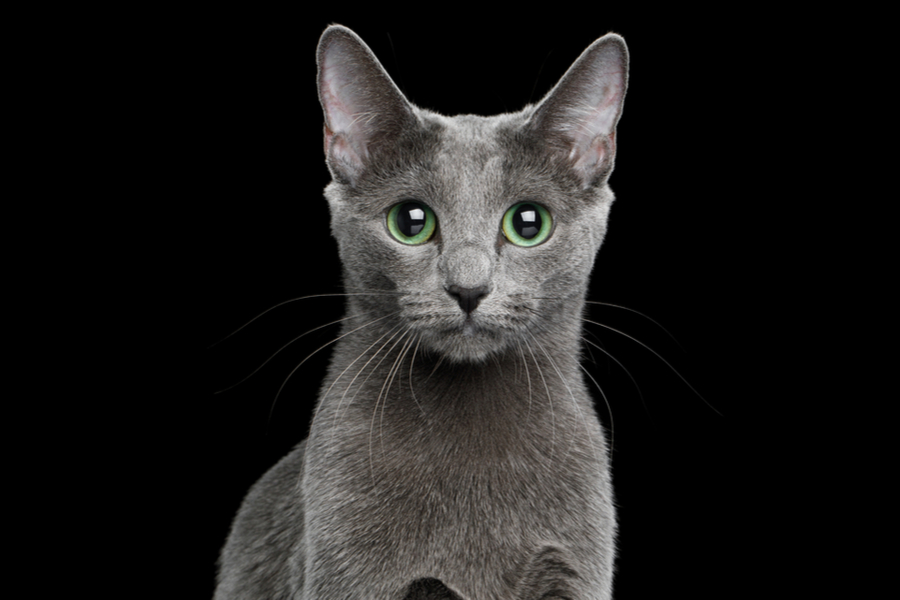
January 17, 2024
10 Facts About Russian Blue Cat Breed
Russian Blues are one of the most aesthetically stunning cat breeds, with a gorgeous plush silvery coat and vibrant green eyes. However, it’s not only their appearance that is beautiful; their nature is too.
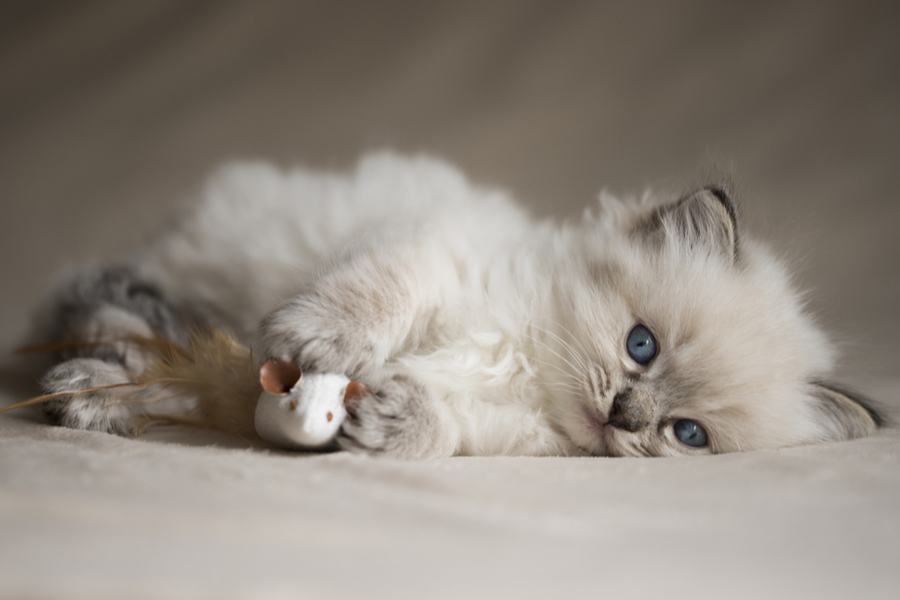
January 17, 2024
How To Choose The Right Cat Breed for You
Cats can make the most fantastic animal companions; they are adorable, friendly, and loving. However, not all felines are created equal. There are many different breeds, of which each has its unique personality traits.
Need some help?
Contact us to speak to our friendly advisor, who will gladly help you find your dream pet!



We are registered in England and Wales under registration number 12568840,
and our registered office is at 58-60 Kensington Church Street, W8 4DB London, England.
© 2023 The Pedigree Paws